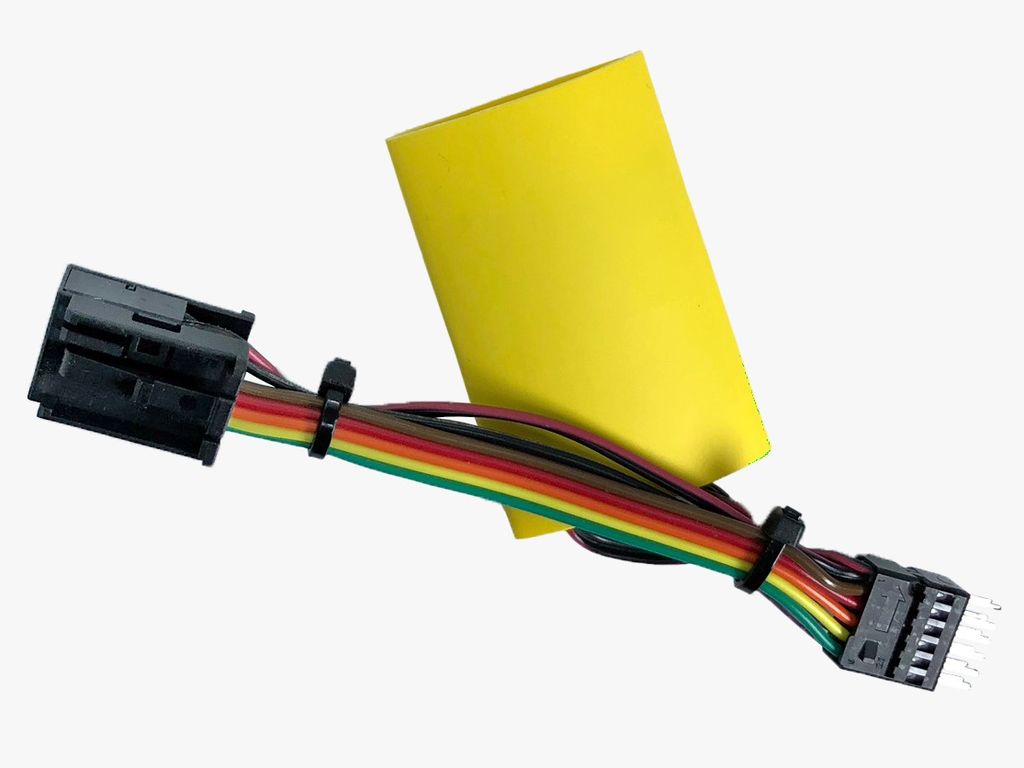A fuel injector is one of the most vital parts of an auto engine mechanism. The main purpose of a fuel injector is to provide the most sufficient and ideal fuel amount to the combustion engine. There are a variety of popular flow rates among car enthusiasts looking to increase their power. 1000cc injectors are a popular choice for people that want to add power but aren’t trying to build a monster horsepower machine.
Moreover, a fuel injector is a viable tool for streamlining fuel efficiency. It is impossible to get the designated horsepower out of an engine unless or until an efficient fuel supply is ensured via a fuel injector. The fuel injector might be a small part of the engine. However, it is necessary to understand the componentry of a fuel injector before installation.
Different actuation techniques and injection nozzle designs have been created for use with various fuel injection system types. This article will break down 1000cc fuel injection systems and what does into a good one.
Fuel Supply Pump
The fuel supply pump, also known as the lift pump, transfers fuel from the tank to the high-pressure pump. Modern fuel pumps can be powered by the engine either physically or electrically. An electric fuel pump can work anywhere in the fuel system, including inside the fuel tank.
The engine is connected to pumps that are powered by the engine. Some fuel pumps might be built into devices with different purposes. For instance, so-called tandem pumps are devices that combine a vacuum pump for the brake booster with a fuel pump. Some gasoline systems combine a mechanically powered supply pump and a high-pressure pump into a single unit, such as those based on distributor-type pumps.
Fuel pumps are frequently designed to distribute more fuel than the engine can use in any operating system. Injectors, pumps, and other engine parts can all benefit from the additional fuel flow, which can also assist in keeping the temperature of the gasoline throughout the entire fuel system more consistent.
Additionally, to increase the vehicle’s operability at low temperatures, heated surplus fuel that came into contact with hot engine parts might be redirected to the tank or fuel filter.
Fuel Tank
The fuel tank serves as a reservoir for the gasoline supply, helping to keep its temperature below the flash point. The fuel tank plays a significant role in removing heat from the gasoline that the engine returns. You also need a leak-proof gasoline tank with corrosion-resistant of up to 30 kPa. It must also employ some mechanism, such as a vent or a safety valve, to avoid excessive pressure buildup.
Fuel Filter
The fuel tank serves as a reservoir for the gasoline supply. Therefore, it helps keep temperatures below the flash point. The fuel tank plays a significant role in eliminating excess heat from the gasoline that the engine returns. It must also employ some mechanism, such as a vent or a safety valve, to avoid excessive pressure buildup.
A primary filter is normally used on the fuel transfer pump’s inlet side, and a secondary filter is on the exit side of the filter system. The main filter is necessary to filter out bigger particles. The secondary filter must endure increased pressures and filter out tiny particles that could harm engine parts. One-stage systems use a single filter to remove both bigger and smaller particles.
Filters might have a replacement element design or a box design. The box-type filter does not need to be cleaned and can be entirely changed as needed. When changing elements in filters with replaceable elements, you must use extreme caution to prevent any dirt residue from migrating to the complicated components of the fuel injection system. You can use metal or plastic to make filters.
Water Separator
Different water separation technologies work on various guiding principles. Water is rejected by hydrophobic barrier media, such as silicone-treated cellulose, and it condenses on the upstream surface. As the beads grow bigger, they slide down the element’s face and into a cup due to gravity. Glass microfiber is an example of a hydrophilic depth coalescing medium with a strong affinity for water.
More water enters from the upstream side over time. Therefore, huge droplets form because of the water in the fuel bonds with the glass fibers. Water flows through the filter with the gasoline and exits the fuel flow downstream into a collection cup.
As surface-active gasoline additives and fuel components like biodiesel have increased, filter producers have had to develop new strategies like composite media and ultra-high surface area coalescing media. Techniques for measuring the effectiveness of fuel/water separation have also been impacted.





